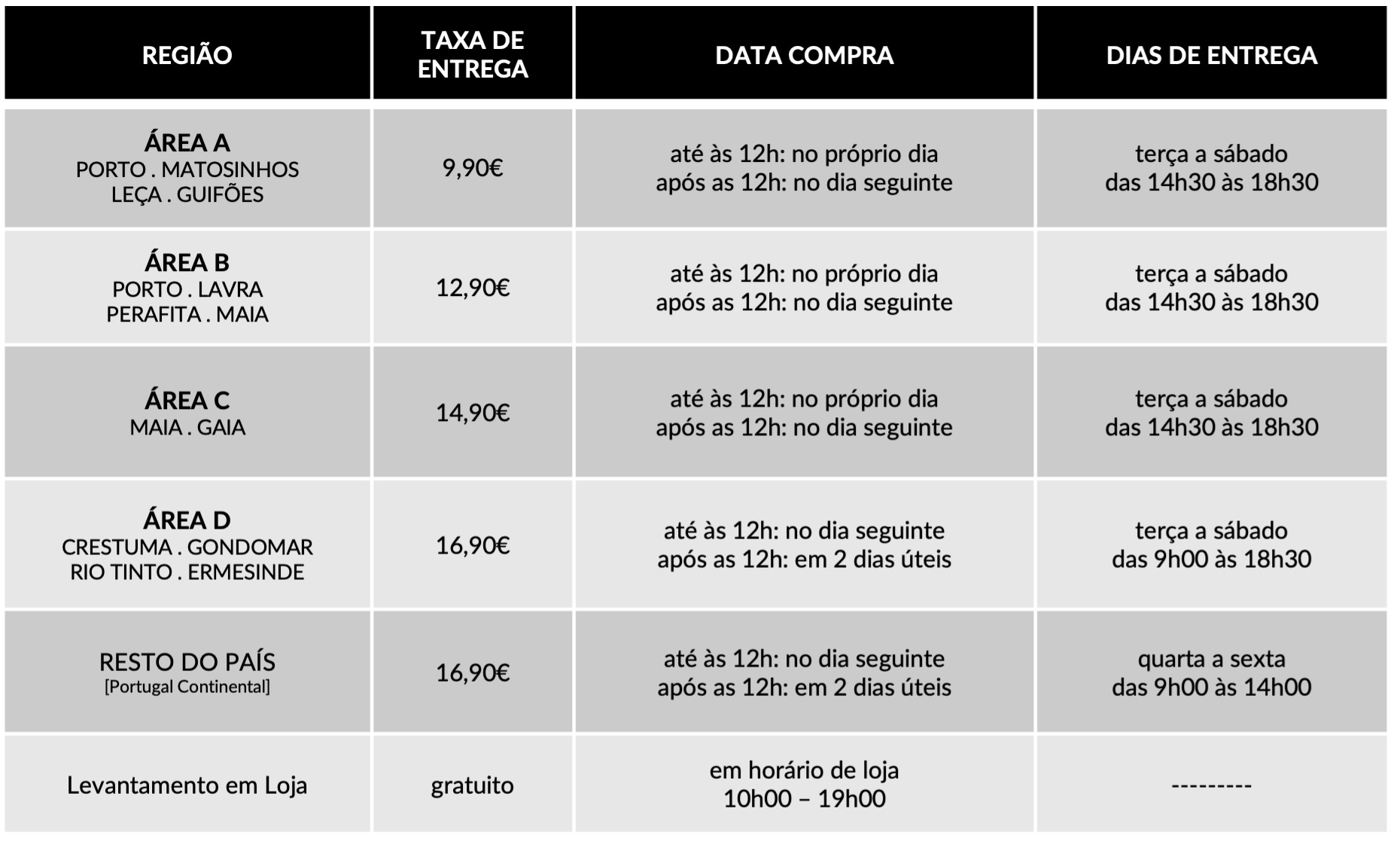Privacy Overview
| Cookie | Duração | Descrição |
|---|---|---|
| cookielawinfo-checkbox-analytics | 11 months | This cookie is set by GDPR Cookie Consent plugin. The cookie is used to store the user consent for the cookies in the category "Analytics". |
| cookielawinfo-checkbox-functional | 11 months | The cookie is set by GDPR cookie consent to record the user consent for the cookies in the category "Functional". |
| cookielawinfo-checkbox-necessary | 11 months | This cookie is set by GDPR Cookie Consent plugin. The cookies is used to store the user consent for the cookies in the category "Necessary". |
| cookielawinfo-checkbox-others | 11 months | This cookie is set by GDPR Cookie Consent plugin. The cookie is used to store the user consent for the cookies in the category "Other. |
| cookielawinfo-checkbox-performance | 11 months | This cookie is set by GDPR Cookie Consent plugin. The cookie is used to store the user consent for the cookies in the category "Performance". |
| viewed_cookie_policy | 11 months | The cookie is set by the GDPR Cookie Consent plugin and is used to store whether or not user has consented to the use of cookies. It does not store any personal data. |

Dedicamos toda a atenção na manutenção e preservação das nossas Flores, garantindo que cheguem ao nosso cliente com toda a frescura, qualidade e beleza. Disponibilizamos várias soluções de manutenção e embalamentos adequando sempre a cada necessidade e contexto da entrega.
Pode incluir na sua oferta uma mensagem personalizada que irá ser reproduzida por nós. No processo da compra online basta preencher o campo ”dedicatória” e escrever a mensagem pretendida.
Valorizamos e priorizamos a qualidade dos serviços e dos nossos produtos. Todas as flores disponibilizadas nos ramos e arranjos disponíveis na loja online são frescas e estão em condições de servir o destinatário.
Caso haja alguma insatisfação por parte do cliente, recomendamos que utilize os nossos canais de comunicação para que possamos analisar a questão.
As fotografias são ilustrativas, quer isto dizer que não garantimos a 100% a sua fieldade com a realidade.
As fotografias devem ser interpretadas como uma base de modelo ou de estética onde as alterações estão sujeitas ao stock da flor e ao trabalho humano de cada florista. Note-se que algumas flores são sazonais e não estão disponíveis todo o ano. Como tal, serão necessárias fazer adaptações consoante a época e o stock da flor.
Para casos onde as alterações sejam extremamente notórias, contactaremos o cliente para ajustar a melhor solução.
Não cancelamos nem alteramos encomendas se esta já se encontrar em fase de curso, ou seja, se já tiver saído da loja e em fase de transporte.
Se a encomenda se encontrar no estado inicial, de processo, é possível alterar e cancelar a encomenda e reaver o seu dinheiro.
Caso não havendo outra referência dada pelo utilizador (por exemplo: deixar no porteiro, na loja x, à pessoa y) o utilizador será contactado de imediato para ficar ao corrente da situação e, à falta de alternativas, a encomenda voltará para a Terrárea, Caso seja reagendada uma nova entrega será cobrada novamente taxa de entrega.
Sublinhamos a importância dos dados fornecidos pelo utilizador estarem correctos e claros. Há sempre a possibilidade do utilizador acrescentar um ponto de referência e outras informações para que não hajam quaisquer dúvidas no acto da entrega garantindo, assim, a qualidade do serviço.
Lamentamos mas não podemos facultar essa informação, se o cliente que realizou a encomenda não pretender.
Estamos abertos a alterações embora estas estejam sempre condicionadas pelo tipo de pedido do utilizador, stock em loja e conceito estético. Nestes casos sugerimos o contacto telefónico ou por email.
Queremos satisfazer todos os nossos clientes e oferecer o nosso melhor serviço. Agradecemos, por isso, todas as opiniões e sugestões para podermos encontrar soluções às suas necessidades! Contacte-nos a partir dos seguintes meios: via email info@terrarea.pt ou telefone 223 170 414
You can see how this popup was set up in our step-by-step guide: https://wppopupmaker.com/guides/auto-opening-announcement-popups/

Ao subscrever a newsletter aceito o tratamento de dados pessoais segundo as políticas de privacidade.
SIGA-NOS EM
CONTACTOS
223 170 414
(Chamada para a rede fixa nacional)
INFO@TERRAREA.PT
COMERCIAL@TERRAREA.PT


How Bitcoin DeFi, PSBTs, and Inscription Tools Are Quietly Rewiring Ordinals and BRC-20
Okay, so check this out—Bitcoin’s no longer just a pipe for value. Whoa! The network is bending toward DeFi-ish patterns, and Ordinals plus BRC-20 tokens are the little spikes poking through the old skin. My first impression was: this is wild. But then my brain kicked in and I started tracing the plumbing. Initially I thought Bitcoin would resist composability, but then realized the ecosystem keeps inventing around limitations—PSBT workflows, off-chain coordination, sealing mechanisms—each one a clever hack that makes on-chain behavior feel almost DeFi-like.
Hmm… seriously, though. There’s an urgency here. Developers are finessing transaction construction (PSBT), inscription tooling for Ordinals, and user interfaces that glue it all together. Some parts are elegant. Some parts bug me. I’m biased, but the UX is messy. Still, if you care about BRC-20 experiments or want to move and mint inscriptions without frying fees, these patterns matter.
Let’s talk plain mechanics first. A PSBT (Partially Signed Bitcoin Transaction) is a way to assemble a transaction in stages: inputs chosen, outputs defined, then signatures collected. Short version: it lets multiple actors collaborate safely without exposing private keys. Longer version: you can build complex flows—batch inscriptions, staged transfers, or multi-sig custody—while minimizing on-chain mistakes, because you verify outputs before final broadcast. On one hand PSBTs are boring infrastructure. On the other hand they are the bridge. On the other hand… well, they’re messy in practice—tools vary, standards diverge, and wallets don’t always agree.
I’ve used PSBTs to coordinate a multi-sig minting run. My instinct said “risky” at first. Then we ran a dry test, found a script mismatch, fixed it, and the final broadcast was clean. That process—dry runs, verification, iterative signing—is the thing that scales trust without trusting a central party. Something felt off about how many steps are required. Still: it beats handing your seed around.
Where inscription tools fit in
Inscription tools are the user-facing glue for Ordinals. They let you take arbitrary content, wrap it into satoshi-level data, and pin it to the chain. Some tools are web-only; others are CLI-driven. I lean toward tools that expose PSBT outputs so I can sign locally. For many users a slick web UI is more approachable, and that’s where wallets like unisat come in handy — they streamline minting, browsing inscriptions, and interacting with BRC-20s without forcing you to be a command-line hermit.
Here’s the rub: inscriptions increase on-chain data usage, and miners decide what gets in. Fee dynamics matter. When demand spikes, the cost to inscribe or move a BRC-20 token surges. That creates perverse incentives—batching becomes essential, and that’s where PSBT batching patterns shine. You can assemble many inscriptions into optimized transactions offline, and then sign and broadcast when fees are favorable. It’s not sexy. But it works.
On a technical level, PSBTs help by separating concerns. One tool picks UTXOs and builds a PSBT. Another (maybe a hardware wallet) signs it. A third (a relayer) broadcasts. That separation reduces attack surface. And for Ordinals specifically, this workflow enables partially offline provenance—useful for collectors who want to verify content before committing funds. I’m not 100% sure of every edge case yet; the tooling changes fast, and protocols evolve.
What about composability? Ordinals and BRC-20s aren’t smart contracts in the EVM sense. There’s no Turing-complete execution, no internal accounting. Instead, composability comes from off-chain agreements and coordinated transaction construction. You create application-level logic—order books, atomic swaps, batch mints—by orchestrating PSBTs across participants. It’s clever. It’s brittle in different ways than an L2, though. If mempool races or dust consolidation mess up your inputs, you can get unexpected failures. Also, watch out for privacy leaks: PSBTs reveal intended outputs during construction.
Okay—small aside (oh, and by the way…)—wallet UX often hides these tradeoffs, which can lull users into thinking everything’s atomic and private. Not true. Be cautious. Seriously.
Flow patterns I’ve found useful:
Initially I worried about centralization: aren’t web tools going to gatekeep inscriptions? Actually, wait—there’s a balance. Centralized UIs accelerate adoption, while open-source CLIs and hardware wallet integrations preserve sovereignty. Community tooling tends to iterate fast; some projects fork features into light clients, others build better UX atop the raw primitives.
Practical tips if you’re getting started:
One anecdote: last winter I helped a community mint a series of art inscriptions. We automated PSBT generation, then used a hardware wallet farm for signing (yes, multiple devices). It was slow. It was fiddly. But when the run finished, the provenance chain was tidy, and collectors appreciated that we didn’t rely on a single custody key. That run taught me that process matters as much as protocol.
Regulatory and economic angles are interesting, too. Because Ordinals encode data directly on-chain, some jurisdictions watch closely for copyright or illegal content. That raises questions about moderation and responsibility—are relayers liable? Are wallets? On one hand the chain is immutable; on the other, middlewares can filter or refuse certain inscribes. It’s a tension without an easy fix.
Where this heads next: better UX for PSBTs, more reliable relayers, and tooling that hides complexity without hiding the risk. Also, I expect atomic swap patterns for BRC-20 tokens to become standardized, enabling market-making without custodial bridges. That would be a real step toward DeFi-like liquidity on Bitcoin, though always constrained by the UTXO model.
FAQ
What exactly does PSBT solve for Ordinals and BRC-20?
PSBT separates transaction creation from signing. For Ordinals and BRC-20 workflows that often involve multiple parties or hardware signing, PSBTs let you stage and verify everything before committing to the network. This reduces risk and improves auditability, though it doesn’t solve fee volatility or mempool races.
Can I use a web wallet for inscribing safely?
You can, but be mindful: web wallets trade convenience for exposure. If a wallet supports PSBT export and hardware signing, that’s a better model. For casual collectors a web UI like unisat is great to get started quickly; power users will mix in local signing or relayers to keep control.
Are BRC-20s real DeFi?
They’re proto-DeFi. Not like EVM-based composability, but they enable token-like behavior via orchestration, off-chain coordination, and optimized transaction construction. It’s rough around the edges, but it’s real innovation—experimental, messy, and exciting.